Visit a Japanese Supermarket: Grocery and Souvenir Shopping Guide

Japanese supermarkets are a fun and budget-friendly way to shop for meals, snacks, and even souvenirs to take back home. Learn what to expect during a visit at a grocery store in Japan, from major chains to what you can find, and how to pay at the cash register.
Shopping at Supermarkets in Japan
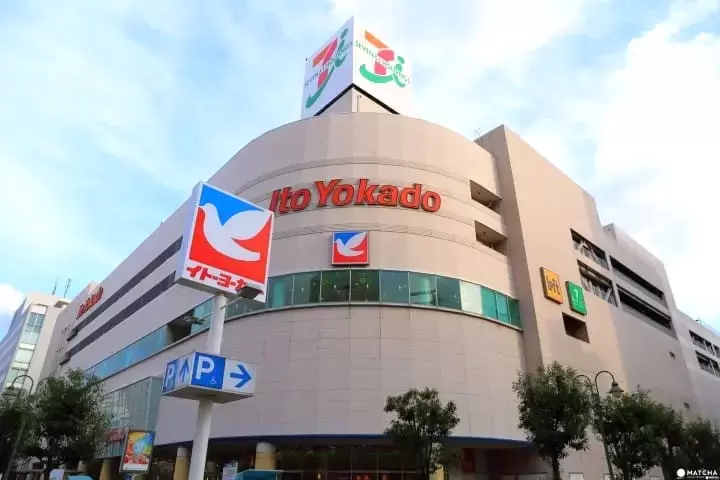
Going to a Japanese supermarket to shop is a fun and tasty opportunity to encounter local life in Japan firsthand. Some supermarkets are small, old-fashioned local stores while others are large and modern, directly connected to train stations.
There are a wide variety of supermarkets in Japan, but the three largest chains are Ito Yokado, AEON, and the Tokyu Store; each sells a huge variety of everyday ingredients unique to Japan. Supermarkets are also a budget-friendly way to shop, as food and drink prices are lower than those at convenience stores.
This article introduces the Ito Yokado located in front of JR Oimachi Station in Tokyo. Look inside this supermarket to discover what to expect shopping for food in Japan, ideas for souvenirs, and how to pay for your purchases.
Read also
Japanese Supermarkets Value Cleanliness, Safety, and Kindness
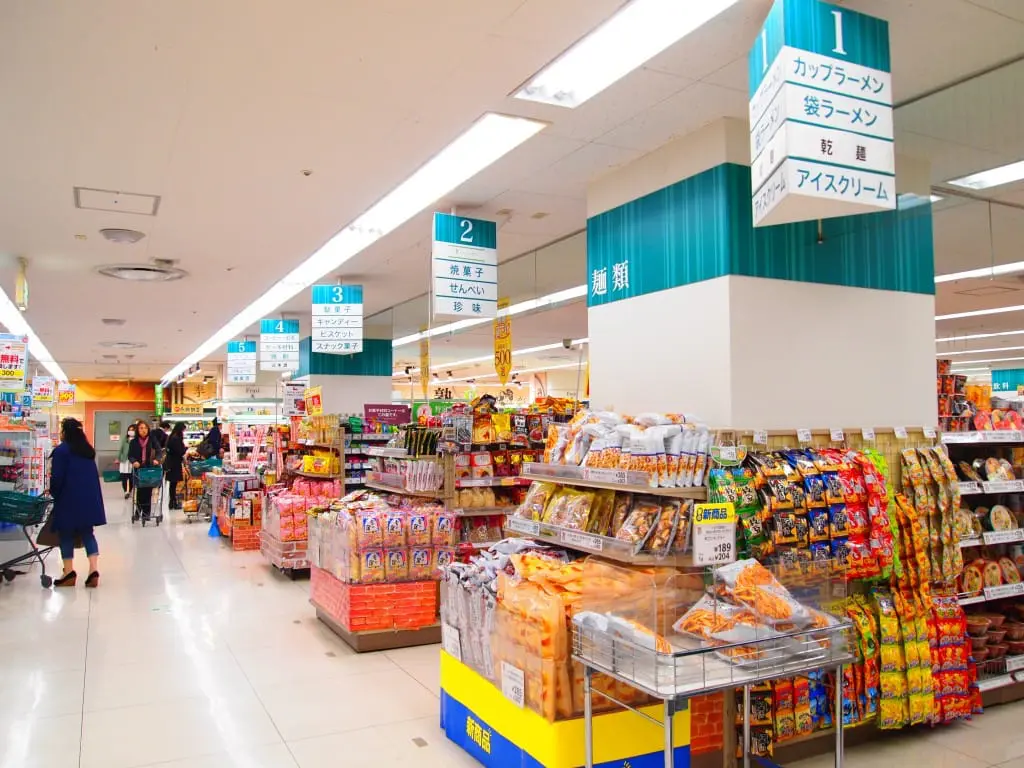
This supermarket is maintained with the utmost care, and the many goods they handle are displayed orderly by types on the spacious shelves.
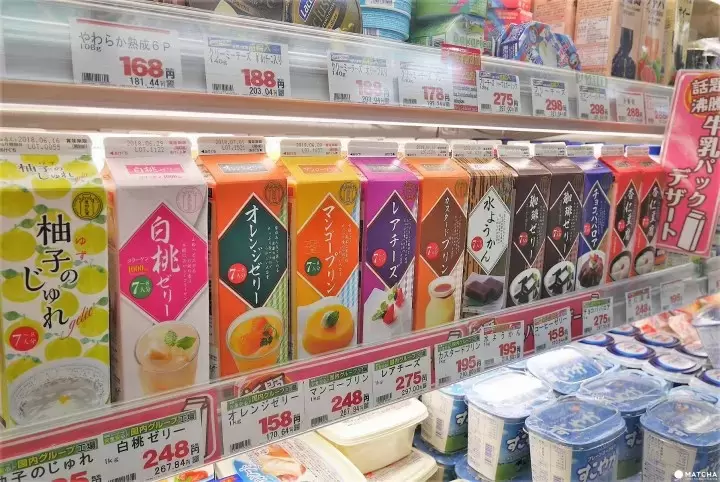
You will find shelves well-stocked throughout the day, and most items exactly where they are meant to be. Furthermore, thanks to this constant attention, products that are expired or about to expire are rarely left on the shelf - most that are going to expire are discounted and placed in a special discount area right away.
The majority of supermarkets in Japan are open from about 10:00-21:00, but this depends on the supermarket and its location.
The Ito Yokado in Oimachi is open until 23:00, while others may be open after midnight or, like Seiyu, (another common national chain), open 24 hours a day.
Groceries at a Typical Japanese Supermarket
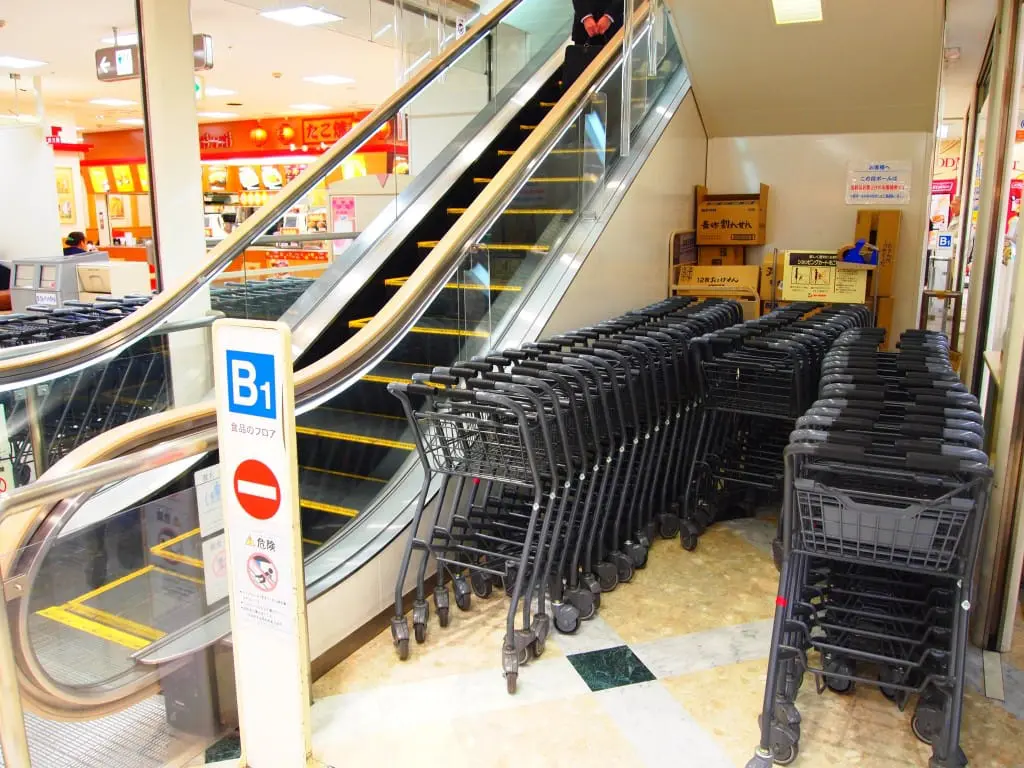
The first thing to do at a store is to get a basket or a small shopping cart. Most supermarkets have baskets and carts that can be used freely, but smaller chains may require you to use a 100 yen coin to unlock your cart (this is returned when you take your cart back).
Please note that after you have paid for your goods, you are responsible for bagging your own groceries and putting away the basket and cart yourself. Employees do not usually bag your items for you.
Endless Varieties of Tofu, Fresh Seafood, and Mochi
There is a corner exclusively for tofu and soybean products. There are many different brands of tofu available in Japan, and some shops, like Ito Yokado, have their brand of tofu for sale in their stores too.
Next to tofu, you will also find natto, or fermented soybeans. Natto is usually sold in triple packs, but there are also some single or double packs, or even small tubs of natto as well. Natto typically costs around 95 yen (for triple packs). However, it cost up to about 300 yen in some shops. The more expensive varieties are often produced in Mito, Ibaraki Prefecture, which is famous for its natto production.
In the fresh fish section, you can purchase sashimi and other seafood products.
You can also purchase bags of mochi (glutinous rice flour cakes) at a reasonable price. Mochi is eaten year-round, but the mochi section will expand in winter and around the New Year holidays. The majority of Japanese families include mochi in their New Year’s feasts.
Choose Side Dishes for Easy Meals
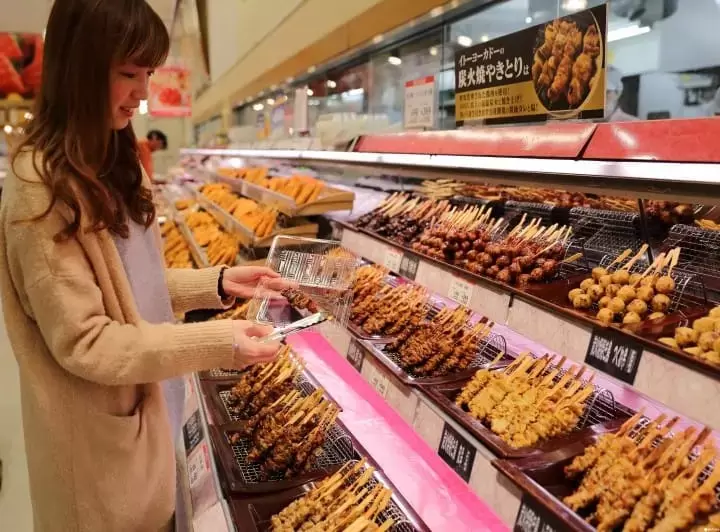
"Osozai" is the Japanese word for take-out dishes. They are meant to be either eaten with rice cooked at home, or include rice themselves. In this area, you will find fish and meat dishes, potato stews, salads, and even onigiri for sale.
Above is some tasty meat and potato stew (around 500 yen), plus other side dishes packed carefully in plastic take-out containers. These sides are convenient and easy to take home and eat or use as part of a picnic or at a social gathering.
There are also fried foods for sale in this section; these items you can select and package up yourself as they are sold by the piece rather than by the container. Pick up yakitori (grilled chicken skewers), tempura, and other items into the provided plastic bags or containers and, when you’re done shopping, head to the register.
Bento lunch boxes are also sold in this section. This is an udon and tempura set (around 450 yen), which has cold udon noodles, and a tendon, which is tempura on top of rice, served with light soy sauce on top.
The quality of ready-made meals in Japanese supermarkets is high and there is a lot of variety. If you are looking for delicious food for a reasonable price you will be very pleased with the food at supermarkets.
In addition, the prices of these meals also are generally reduced in the evenings, from 10% to even 50% off the original price. You can eat well even while on a budget.
Read also
Buy Souvenirs at Japanese Grocery Stores
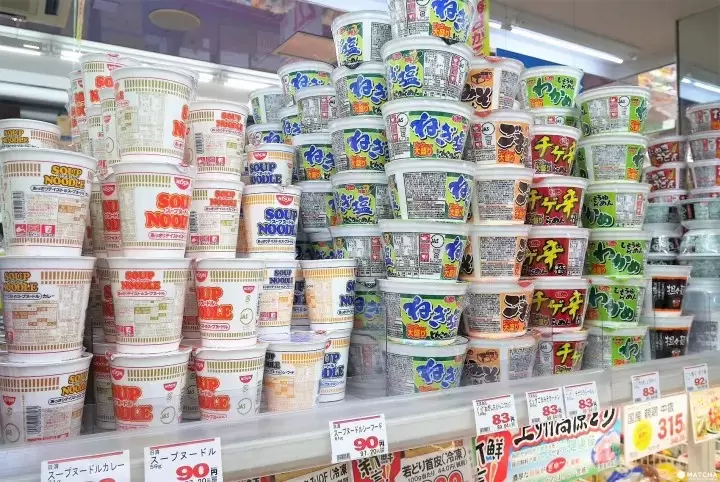
Average prices at supermarkets are less expensive than at convenience stores. For example, many famous products like KitKat and Pocky are cheaper if you buy them in the larger packages sold in supermarkets instead. The value pack of matcha-flavored KitKats (above) is only around 270 yen.
Water, green tea, ice coffee, and other beverages are also cost considerably less than at convenience stores.
Simple snacks like dagashi, loved by the kids of all ages, are also sold here. The Umaibo (a crispy cheese puff-like snack stick), are just 15 yen each and are a favorite of many.
You can also find wagashi, or traditional Japanese confectionery, like daifuku and dango sold in supermarkets as well. In general, they tend to cost about 100 yen per piece.
Read also
How to Pay for Your Groceries
After you’ve shopped to your heart’s content, head to the cashier to pay. Place your basket on the counter, and the clerk will scan each of your items and place them in another basket. In most supermarkets, you can pay either by cash or card.
Nowadays, many shops are trying to be more environmentally friendly. Most stores encourage customers to bring their own shopping bags. A plastic bag will cost around 5 yen in most cases.
See How the Locals Shop - Check Out a Japanese Supermarkets!
Has your interest in Japanese supermarkets been piqued? Try visiting one during a trip to discover an exciting new dish, snack, or beverage.
Read also
This is the official account of MATCHA's editorial department. Our articles feature useful travel information for visitors to Japan, from how-to guides to recommended places to visit.































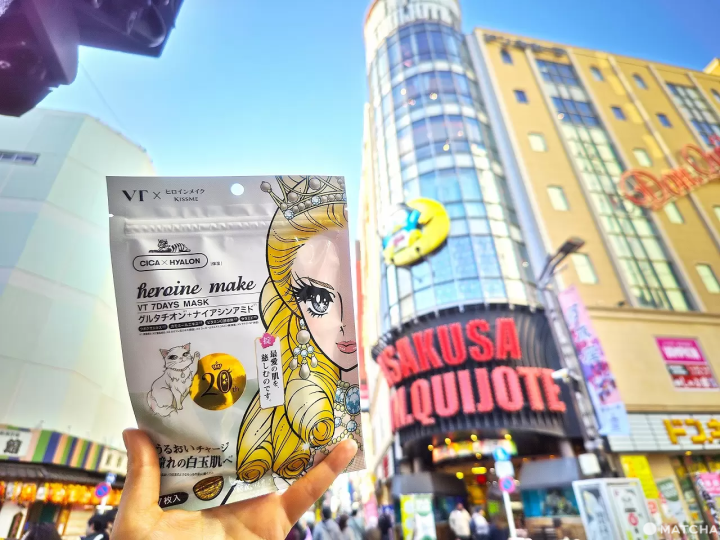
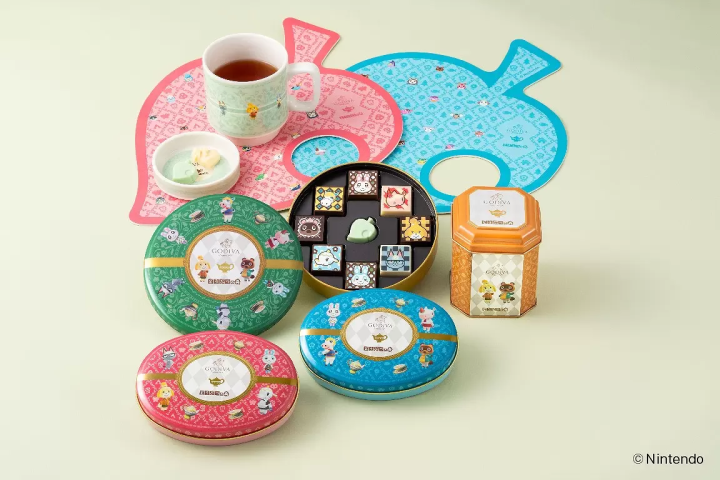
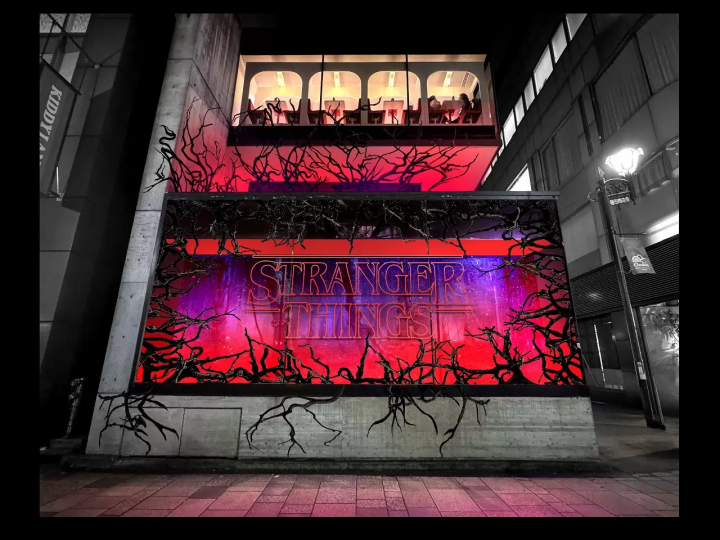







![[Traveling with a baby in Japan] Directly connected to the station! Rent a stroller at JR EAST TRAVEL SERVICE CENTER](https://resources.matcha-jp.com/resize/720x2000/2024/12/03-213323.webp)
![[2025] 4 Recommended Spots for Viewing Autumn Leaves in Tokushima, Naruto| Best Time to See, Highlights, and Access](https://resources.matcha-jp.com/resize/720x2000/2025/11/28-251301.webp)
![[During Your Kumano Trip] Cape Shionomisaki Tourist Tower](https://resources.matcha-jp.com/resize/720x2000/2025/11/05-249097.webp)
![[TICKET INTRODUCTION] Small Worlds Miniature Museum](https://resources.matcha-jp.com/resize/720x2000/2025/11/28-251446.webp)
![[Yamanashi, Yatsugatake] A specialty of the Kiyosato Plateau! Seisenryo soft serve ice cream🍦](https://resources.matcha-jp.com/resize/720x2000/2024/03/19-173634.webp)